Science Fact or Fiction? The Plausibility of 10 Sci-Fi Concepts
The reality of sci-fi concepts

If science fiction ruled the world, time travel and teleportation would be commonplace, and humanlike intelligent machines and cyborgs would be walking amongst us. But just how likely are these and other far-out ideas? Here, LiveScience examines the plausibility of 10 popular sci-fi concepts.
Aliens that look like us

From the Klingons in "Star Trek" to the skinny, oval-eyed creatures in classic alien abduction tales, many pop-culture depictions of extraterrestrials have been decidedly humanlike. But what is the likelihood intelligent alien life would resemble humankind?
Scientists have proposed solid arguments for and against E.T. developing a body plan similar to ours. At face value, it seems unlikely organisms on another world that underwent eons of unique evolutionary history should fit comfortably into our clothes.
But perhaps evolutionary circumstances similar to those that led us to develop limbs and fingers to manipulate tools arose on alien planets. Maybe being bipeds with bilateral symmetry is a prerequisite for building socially and technologically advanced societies. In this respect, some researchers say we possess a "pretty optimal design for an intelligent being," said Seth Shostak, senior astronomer at the SETI (Search for Extraterrestrial Intelligence) Institute. It could be that there is no other choice but for intelligent beings to look like humans. [Read more about what aliens might look like]
Faster-than-light-speed travel
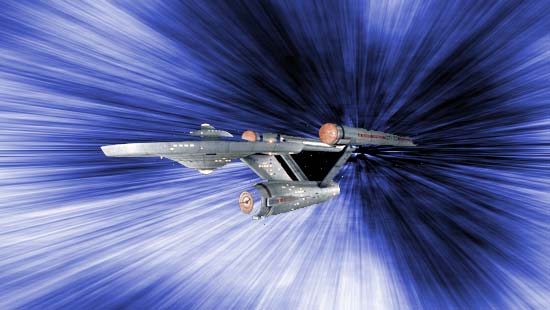
Nothing, so far as we know, can travel faster than light, according to one of the pillars of modern physics, Einstein's general theory of relativity. Whereas, general relativity says objects cannot travel faster than the speed of light as measured in local surrounding space it doesn't place limits on the speeds at which space itself expands or contracts.
It's this "loophole" some physicists are hanging their faster-than-light hat on. A "warp bubble" around a ship, for instance, could make space-time itself contract in front of the ship and expand behind it. "The warp bubble is a volume of space that might be able to move at speeds faster than light as measured by space surrounding the bubble," said Gerald Cleaver, a professor of physics at Baylor University. "Objects inside the warp bubble would be at rest with regard to the warp bubble but would also be moving faster than the speed of light with regard to the surrounding space outside the bubble." [Read more about Faster-than-Light Travel
Planet-busting superweapons

In science fiction, planet-busting superweapons are all the rage. Yet even more terrifying is the wherewithal to take out an entire star.
Get the world’s most fascinating discoveries delivered straight to your inbox.
The dastardly deed is theoretically possible, however, and even on time scales not stretching into millions of years. "There's one scheme to me that seems not quite plausible, but it's close," said Mike Zarnstorff, an experimental plasma physicist and deputy director for research at the Princeton Plasma Physics Laboratory.
A black hole launched into the sun would "feed and grow exponentially," Zarnstorff told Life's Little Mysteries, and therefore would "self-propel" a star towards its doom. "A black hole could suck in all the mass of the sun," Zarnstorff said. [Read more about Star-Destroying Superweapons]
Teleportation
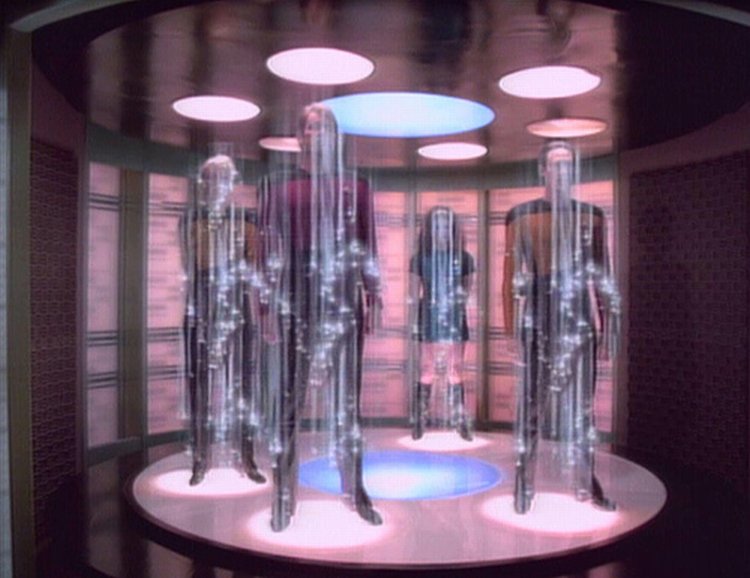
Any chance you will "beaming" up or down anytime soon? Scientifically speaking, teleportation faces some extreme obstacles, ones that even the redoubtable Montgomery Scott would find trouble working around.
"With the teleportation of a large object, you run up against a conceptual 'no,'" said Sidney Perkowitz, a physicist at Emory University in Atlanta.
To date, scientists have transported quantum information, in one case between photons nearly 10 miles (16 kilometers) from one another. Even so, such quantum teleportation is a far cry from teleporting actual material or even a person, with ideas for doing so — such as wormholes — remain entirely speculative and chockfull of challenges. Even so, these achievements could lead to less-fanciful, though still impressive, technologies, such as quantum computers. [Read full story on teleportation schemes]
Invisibility cloaks

In the "Star Trek" universe, cloaking devices on Romulan and Klingon spaceships create all sorts of tactical nightmares for their human foes. Hiding in plain sight is certainly a handy trick for a person, too, as fans of "The Invisible Man" and the "Harry Potter" series know well.
Science has given us glimpses, as it were, of how these anti-detection technologies might be possible. But full-fledged invisibility cloaks like those of science fiction and fantasy remain quite a ways off.
"I won't call it impossible, but it's implausible what you see in 'Harry Potter,'" said David Smith, professor of electrical and computer engineering at Duke University. "That's perfect movie invisibility — too perfect."
Nevertheless, research into rendering objects invisible has made leaps and bounds just in the last several years. Partial cloaks that work like sophisticated camouflage — much like the shimmering distortion of the Predator alien in the 1987 movie of the same name — might be more realistically achievable, Smith said. [Read full story on the reality of invisibility cloaks]
Sentient planets

To an extent, Earth is a living planet, as biological beings do indeed swim, crawl and fly through our world's uppermost layers of ocean, land and sky. But all that is still a far cry from the literally living, conscious planets that make appearances in many sci-fi and fantasy stories. Take the living planet Mogo in "Green Lantern," which can change its climate and grow foliage in desired patterns on its surface at will.
Or consider the moon Pandora from the 2009 film "Avatar," where flora and fauna have evolved tentaclelike organs that enable them to neurally interlink with each other. A globe-spanning consciousness exists, with Pandora's trillion interconnected trees acting like cells in a colossal brain, dwarfing our mind's 100 billion neurons.
In reality, the development of a planet-scale "being" looks to be an extreme long shot. Based on the chemistries and behaviors of life and nonlife, don't bet on Mogo or Pandora, scientists say. "The way evolution works, I can't see it happening," said Peter Ward, a professor of paleontology at the University of Washington. [Read more on the reality of sentient planets]
Humanlike intelligent machines

In many futuristic tales, our heroic protagonists are often helped — and sometimes harmed — by intelligent machines far more clever than an iPhone.
Artificial intelligence research has quite a ways to go, however, before Star Trek-esque visions are realized. Robots and computers have already proved far more reliable and proficient than humans at specific tasks, such as assembly-line work or crunching numbers. Yet machines cannot handle a range of activities that strike us as basic, such as tying a shoe while holding a conversation.
"What we have learned so far from 50 to 60 years of AI research is that surpassing human intelligence in a very narrow area or maybe even in a task-oriented way — like playing a particular game — as sophisticated as it may be, is a lot easier than creating machines that have what we call the 'common sense' of a 3-year-old child," said Shlomo Zilberstein, a professor of computer science at the University of Massachusetts.
Given the pace of progress, however, many scientists believe highly intelligent machines will be available in the coming decades. But it is less clear when (or if) computers will achieve human-like "sentience," in terms of self-interest and free will — a premise very much at the heart of many sci-fi stories. [Read more about the reality of intelligent machines]
Tractor beams
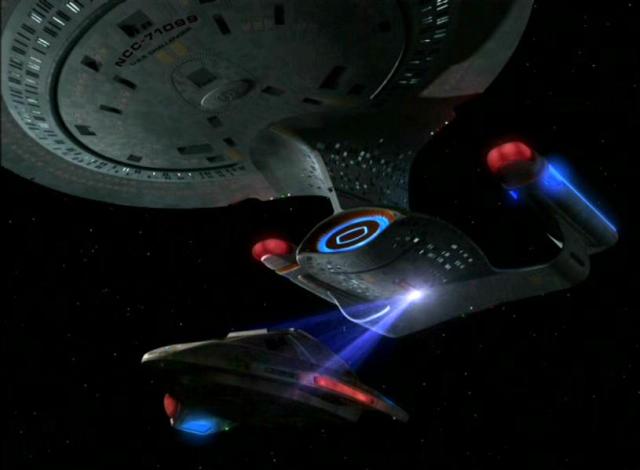
This jack-of-all-trades tool ranks as a science-fiction staple right alongside lasers and faster-than-light travel. An invisible tractor beam on the Death Star hauled in the Millennium Falcon in the original "Star Wars" flick, while a shimmering ray — which doubled as a repulsing beam — saved the crew's bacon multiple times on "Star Trek."
In sci-fi, tractor beams often consist of exotic-sounding particles and energies. In our day and age, using regular ol' light to hold and manipulate objects tractor beam-style is already a reality, albeit on very tiny scales.
NASA engineers think tractor beam-like technologies could graduate to bigger tasks, like collecting large dust particles on Mars or from the tail of a comet.
In theory, continued improvement could someday lead to tractor beams not all that dissimilar to that deployed on the Starship Enterprise. [Read more about the reality of tractor beams]
Robopocalypse
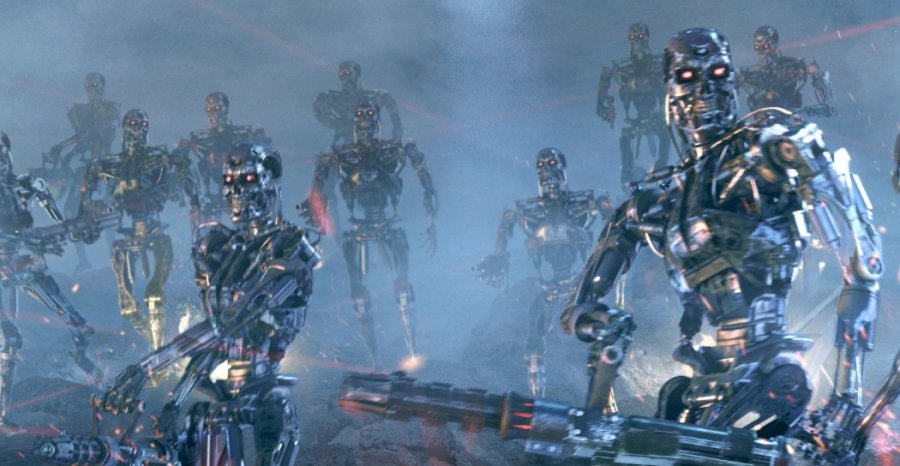
If sci-fi flicks, the likes of "Terminator" and "Matrix," have it right, a war pitting humanity against machines will someday destroy civilization. Given the current pace of technological development, does the "robopocalypse" scenario seem more far-fetched or prophetic? The fate of the world could tip in either direction, depending on who you ask.
While researchers in the computer science field disagree on the road ahead for machines, they say humans' relationship with machines probably will be harmonious, not murderous. Yet there are a number of scenarios that could lead to non-biological beings aiming to exterminate humanity.
"The technology already exists to build a system that will destroy the whole world, intentionally or unintentionally, if it just detects the right conditions," said Shlomo Zilberstein, a professor of computer science at the University of Massachusetts. [Read more about the chances of a robopocalypse]
Matrix-like learning
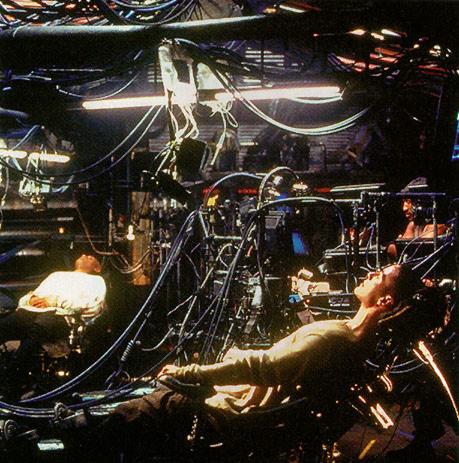
Speaking of the "Matrix," could knowledge such as how to practice kung fu be uploaded into the brain in mere seconds via a futuristic computer jacked into the skull, as happens to Keanu Reeves' character?
Some emerging research suggests the pace of learning a skill can be technologically boosted. For instance, with so-called decoded neurofeedback, scientists have used functional magnetic resonance imaging to trigger brain activity patterns in the visual cortex that match those from a previously known mental state, thereby improving performance on such visual tasks.
Perhaps someday, with major advances in several fields, the acquisition of knowledge and skill could happen at broadband-like speeds across surgically implanted and external hardware. "The concept is not totally implausible," said Bruce McNaughton, a neuroscientist at the University of Lethbridge in Canada. "I suggest that you check back in a couple of hundred years." [Read more about Matrix-like learning]



